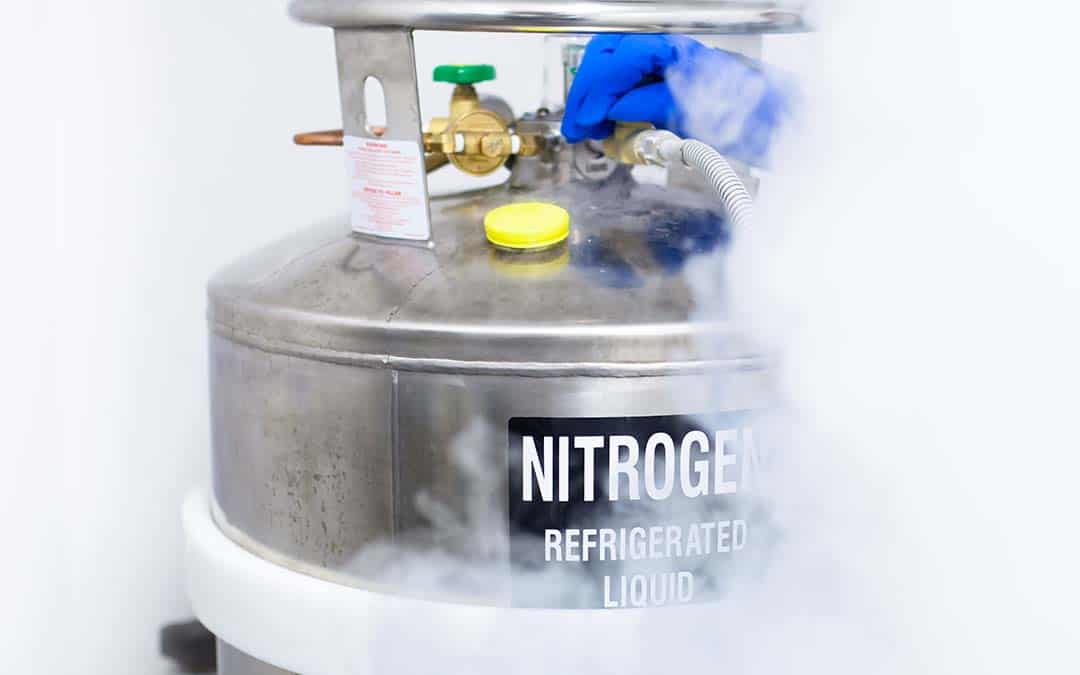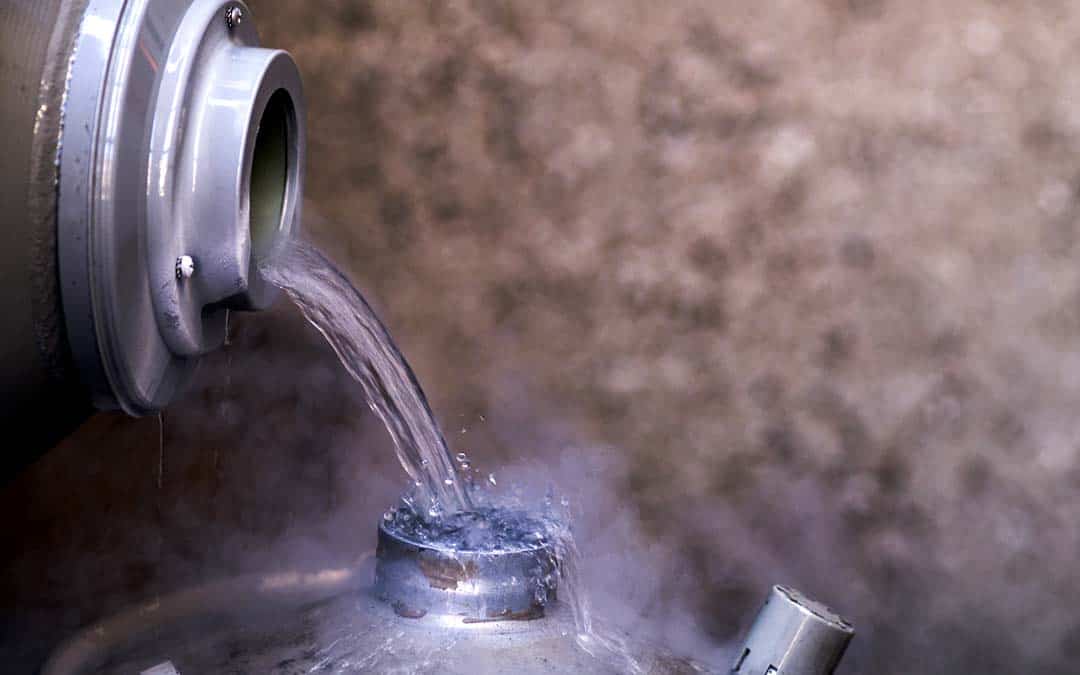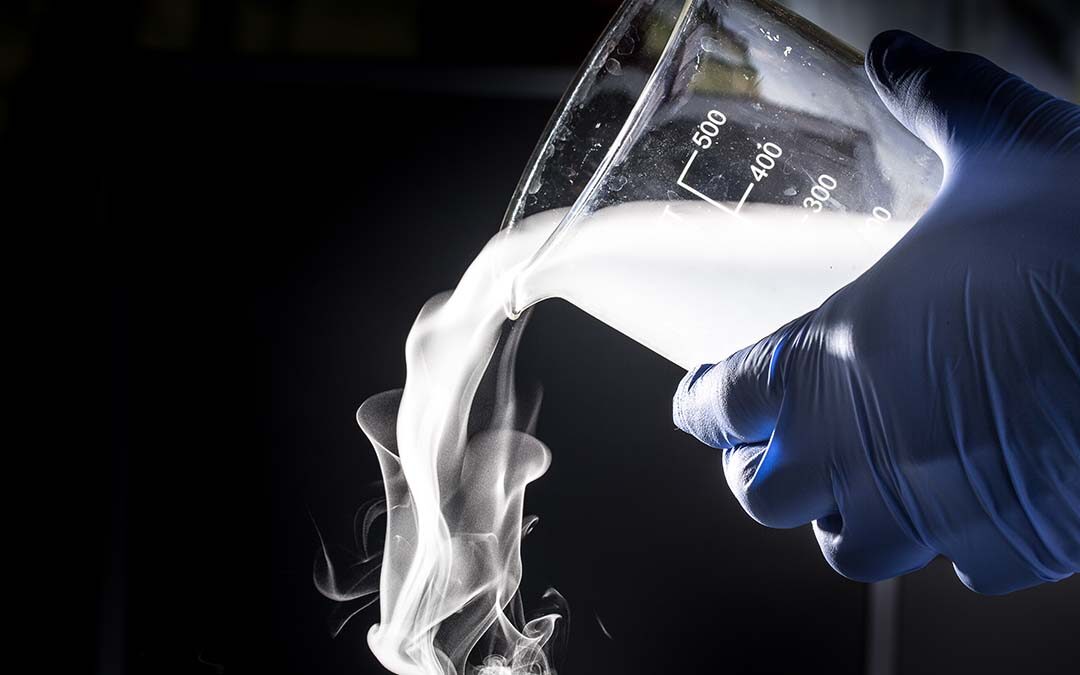What characteristics define the ice we encounter and use on a daily basis? You know, the ice that cools our drinks, keeps the contents of our lunch box fresh, and reduces the swelling when we bang our heads on a low-hanging light fixture? The answer is simpler than you may think. In fact, the pattern of the water molecules – hexagonal formations layered on top of one another and loosely packed together – is what constitutes “ice” as we know it.
However, that perfectly hexagonal pattern isn’t present in all forms of ice. In fact, scientists recently discovered a brand new one. By cooling ice to -320° Fahrenheit with liquid nitrogen before mechanically shaking it at a high speed with small steel balls, the team at Dr. Christoph Salzmann’s research lab was able to pulverize ordinary ice into a never-before-seen form.
A Happy Accident

As it turns out, the scientists weren’t trying to discover a new form of ice at all. “This is completely unexpected and very surprising,” said Dr. Salzmann, a chemistry professor at University College London in England who recently authored a report on the new ice. In fact, the team’s aim in grinding the ice so thoroughly was to obtain microscopic crystals that they could attempt to differentiate from larger samples of the same ice. Dr. Rosu-Finsen was the one to initiate the experiment.
“Lo and behold, something completely unexpected happened,” he explained of first opening the container. While the material inside looked like ordinary crushed ice, the molecular structure had been transformed. The new ice was now denser – and didn’t match any known ice types. In fact, the new material was nearly the same density as water, something that had never been seen before. Dr. Salzmann’s team dubbed it MDA, or medium-density amorphous ice.
“It’s really cool,” said Marius Millot, the physicist who discovered “supersonic water.” His work similarly led to the discovery of a new type of H2O, one that could neither be classified as a liquid or solid. He went on to ponder, “Is MDA the glass of liquid water?” Because of the ice’s closeness in density to liquid, it may be classified as a glass in the future.
Research Applications

So where can this research be applied in our world? Perhaps we should be thinking outside of the box. These findings may be able to help us understand some of the mysteries of outer space. Researchers continued to experiment with compressing and warming the MDA. They discovered that it released a significant amount of energy as it recrystallized, showing that in certain forms, water may be the driving force behind the tectonic motions in ice moons.
As a reliable supplier of liquid nitrogen, We at CalOx found this research particularly illuminating. Not only are we available to assist with scientific discovery efforts (call us, NASA!), but we’re also proud to continue to serve the Los Angeles area as a trusted medical-grade and food-grade gas supplier, a role we’ve played for over 80 years. So, how can we help your business?
